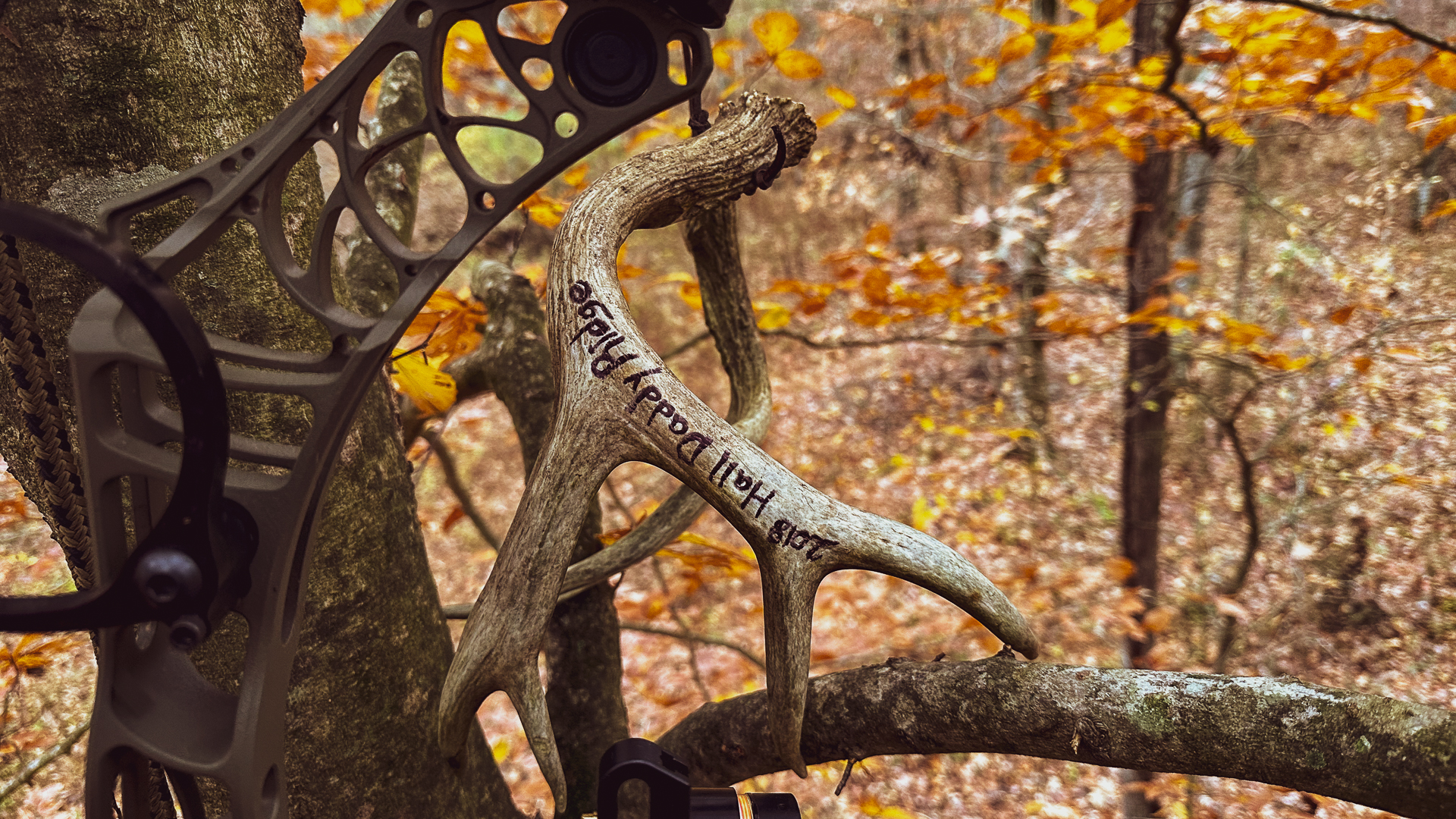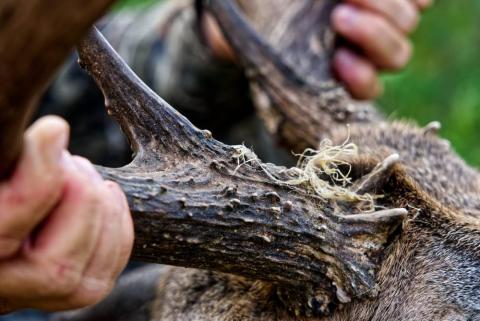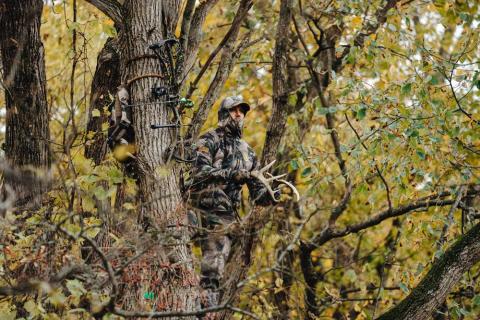Phillip Gentry
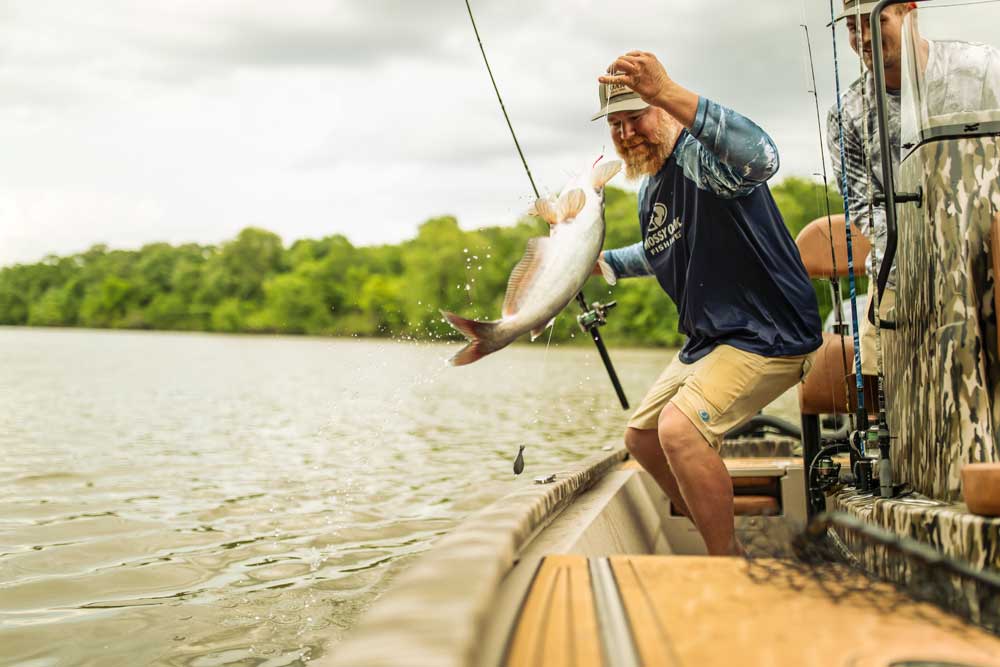
Bass anglers will spend all spring in search of a largemouth spawning area. They know spawning bass will not tolerate anything nosing around and are notorious for biting a well-placed lure. Finding a largemouth spawn can be the bite an angler dreams of. Catfish anglers don’t have it so lucky. Blue cat, for example, are not aggressive during the spawn.
Post Spawn Blue Cats
Unlike most other fish species, attempting to catch blue catfish during their annual spawning season is a more difficult task than the remainder of the year. The primary reason for this difficulty is that blue catfish remove themselves from availability to anglers – basically crawling up in a hole and refusing to eat until their reproductive business is finished.
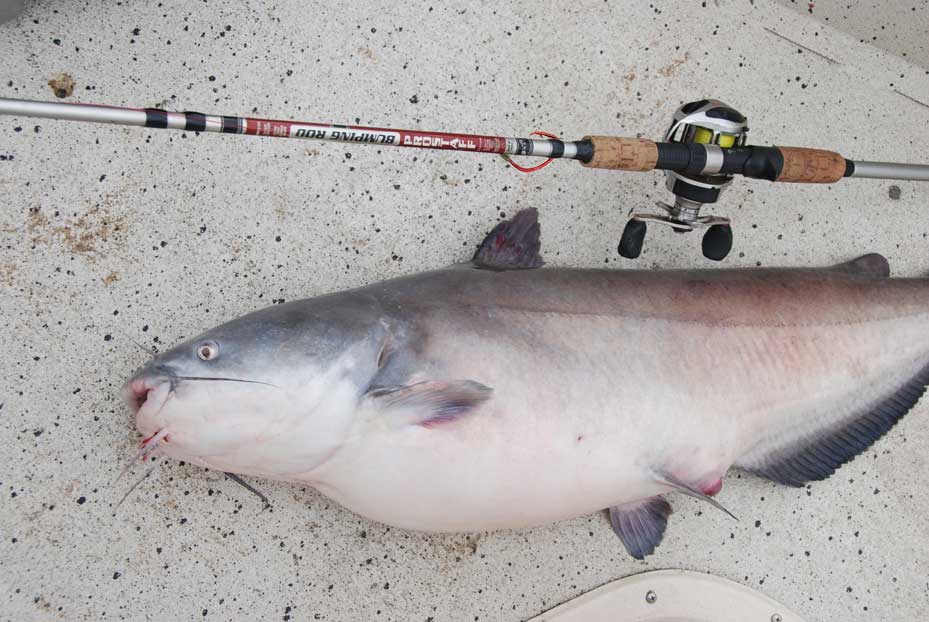
Fortunately, the post spawn season for blue catfish is generally more productive than the typical lull experienced with most other species of fish. Post spawn catfishing may not be exactly easy, but it’s definitely doable if you keep some ideas in mind when pursuing blue catfish in particular or other species such as channel catfish and flathead catfish in general.
HOW TO USE DIP BAITS FOR CHANNEL CATFISH
Male catfish are generally the first to recover from the spawn. Males emerge from holes and out from under logs looking like they’ve been drug down a mile of hard country road. Beat up and bruised, male catfish will produce some of the hardest bites you may get during a year’s worth of catfishing. Expect the bite to be hard and fast but not the typical feeding bite you might expect. Post spawn males tend to grab and crush and will grip a bait for some time before taking it down. This may factor into your response when fishing for them.
Blue catfish tend to spawn once a year from May to June in Missouri. This can change depending on where you live. A 10-pound fish can produce 20,000 eggs in a given year. The trigger for the spawn is the water temperature. They spawn when the water warms to 70-84 degrees. Channel catfish and blue catfish spawn in water temperatures of 70-84 degrees.
Knowing the post spawn habits of blue cats can help you find more fish. Finding post spawn blue cats and actually catching the freshwater delicacy can be two different things. Here are two tips that can put more big blues in the boat.
Suspend Fishing for Blue Cats
Blue catfish tend to be thought of as a bottom feeder, but will at times suspend up in the water column. At post spawn time, it’s not unusual to find trophy-sized fish more than 10 feet off the bottom.
Suspend fishing for catfish is a vertical approach with lines nearly vertical in the water. Some catfish anglers opt to use long, stout rods, 10 to 12 feet in length, in order to get more spread between baits.
Modern sonar capabilities make locating suspended catfish much easier than finding them on the bottom, although it’s easy to misidentify catfish hanging out above the bottom by confusing them with other large species like striped bass and carp.
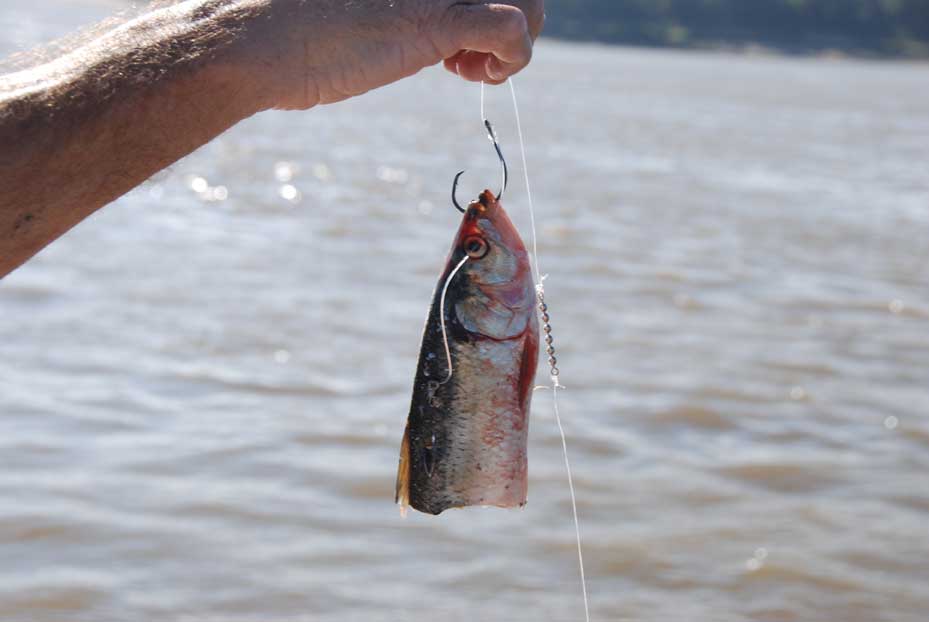
In areas where river herring are the natural forage bait, a cut piece of fresh herring is hard to beat as bait. Rig your rods with 30- to 40-pound line and use a standard Carolina rig to present the bait. Offset circle hooks in the 5/0 – 8/0 range are standard. Consider snelling the hook to the leader rather than trying to tie a knot that may not seat correctly when using 50- to 60-pound mono leader.
If advances in sonar technology make finding suspended catfish easier, it’s a drop in the bucket compared to modern electric trolling motor technology, which all but eliminates the need for ropes, anchors and the headaches that go along with anchoring in deep water.
Veteran catfish anglers now use the GPS positioning feature available in more advanced trolling motors to hold in one spot, allowing the GPS sensor to compensate for current, wind or tide by locking onto a GPS location and maneuvering the head of the motor accordingly.
Since lines are vertical in the water with little danger of fouling on bottom structure, bumping the trolling motor into gear and changing locations with the movement of the fish on the graph make for much easier fishing.
Most anglers will opt for multiple poles when fishing vertically. Fishing with multiple poles out is an opportune time to introduce a young angler to fishing for blue cats. There is a real chance they hook a river monster, and the fight is one they will never forget. It is common to have two blue cats on at a time. It can be the memory of a lifetime and make someone a lifetime angler.
Bumping for Blue Cats
An alternative to suspended catfishing during the post spawn is using a tactic called bumping. Bumping is most effective in rivers or other areas with heavy current — i.e., prime catfishing waters. Large rivers and waterways are the top spots, but tail races or canals coming out of reservoirs, especially when releasing current, are another option.
Catfish can also be in both places. If you find the fishing slows down in the river channel, you should check out the tail races and canals and vice versa. Just be flexible as the day goes on, and you will find where they are feeding. Where they prefer to feed can also change day to day. Bumping provides a natural presentation and allows the angler to cover a fair amount of water. It mimics food washing down current where catfish will lay facing upstream, waiting for something to come by.
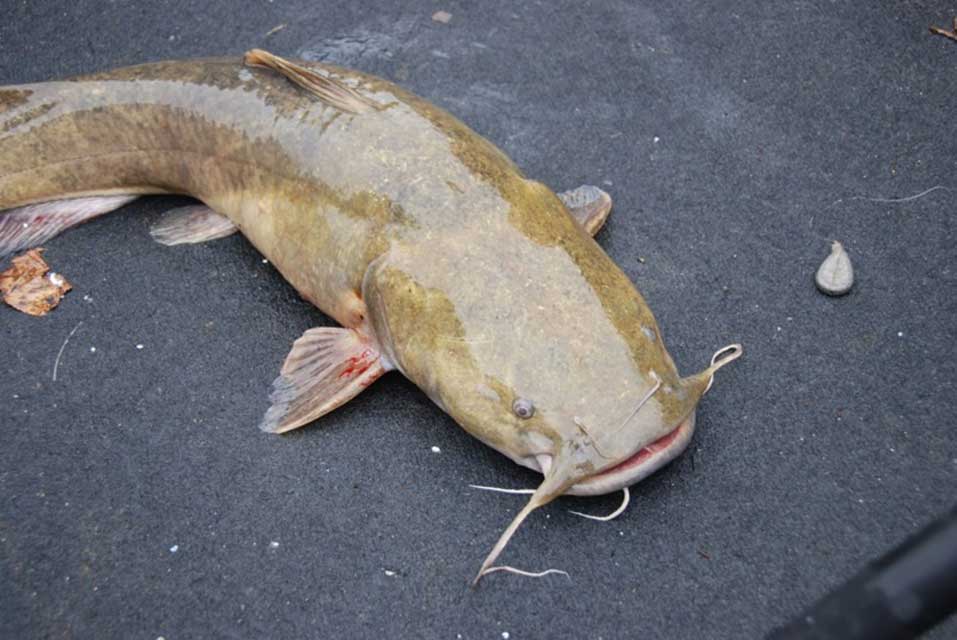
To imitate this, nose the boat into the current and let the current push the boat back while using the trolling motor to troll into the current, enough to cut the boat’s drift speed in half. The boat is going slower than the current, so the bait is also going slower downstream.
A fairly heavy weight is used to bump the bottom as the boat moves backwards. A dropper rig is tied two to three feet above the weight to hold the bait off the bottom.
Bumping is the lake angler’s answer to trolling in a river where going with the flow would move the bait too fast to fish effectively. The tactic might seem to be a vertical presentation, but to get the right angle in the presentation, the angler lets out more and more line until the bait is nearly sliding across the bottom with the current at a much slower speed than trolling with the current.
Bumping is not a multiple rod tactic with each angler fishing only one rod each, but the tactic has become a proven method for putting big catfish in the boat. You can still take a young angler, but they won’t have the excitement of watching multiple rods at the same time. They will still be excited about having the pole in their hand when a big blue hits their bait.
Every spring, bass anglers are searching for aggressive bass guarding their bedding areas. Even though blue cats are not aggressive during the spring spawn, someone seems to catch a big blue that is a lake or state record. Many of these anglers understand they will not catch much while blue cats spawn. They will wait until the post spawn when the fish are more likely to feed. Now that you know more about the blue cat post spawn and how best to fish it, you may be the one to catch the state record.





















